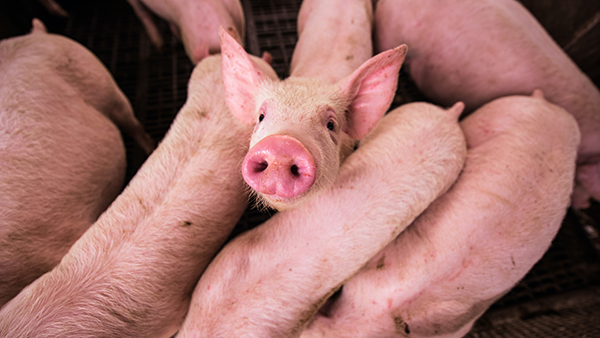With extreme weather and climate change, we’re running the risk of food supply issues, but biotech is here to help. According to new research, soybean crops saw an increased yield of 33% by improved photosynthesis via gene editing. This offers great potential for food crops more broadly.
By gene editing crops, researchers were able to increase the efficiency of photosynthesis. This in turn boosts crop yield, according to a study led by researchers at the University of Illinois at Urbana-Champaign.
Implementing gene editing in agriculture can help us fight the effects of climate change and “could someday put more food on tables as climate change and other threats make it harder for vulnerable populations across the globe to feed their families,” The New York Times reports in a story on the study findings.
Gene editing soybeans for more efficient photosynthesis
“Crop leaves in full sunlight dissipate damaging excess absorbed light energy as heat. This protective dissipation continues after the leaf transitions to shade, reducing crop photosynthesis,” the researchers explain.
However, by bioengineering the change in soybeans, the resulting higher “photosynthetic efficiency” led to a 33% increase in seed yield, without changes to “seed protein or oil content.”
Global warming can be attributed to food production itself, as humans use land and water in unsustainable ways.
According to The New York Times, the researchers only examined soy plants “grown in a single location during two crop seasons,” suggesting further research in other climates, habitats, and sorts of crops will be needed to confirm the findings. Nonetheless, this is an exciting development.
One of the greatest challenges, however, is consumer acceptance. According to a recent survey, only 37% of people are aware of gene-edited foods. As we previously reported, consumers who are more educated about the science behind GE foods and their benefits of it would be far more likely to try them.




